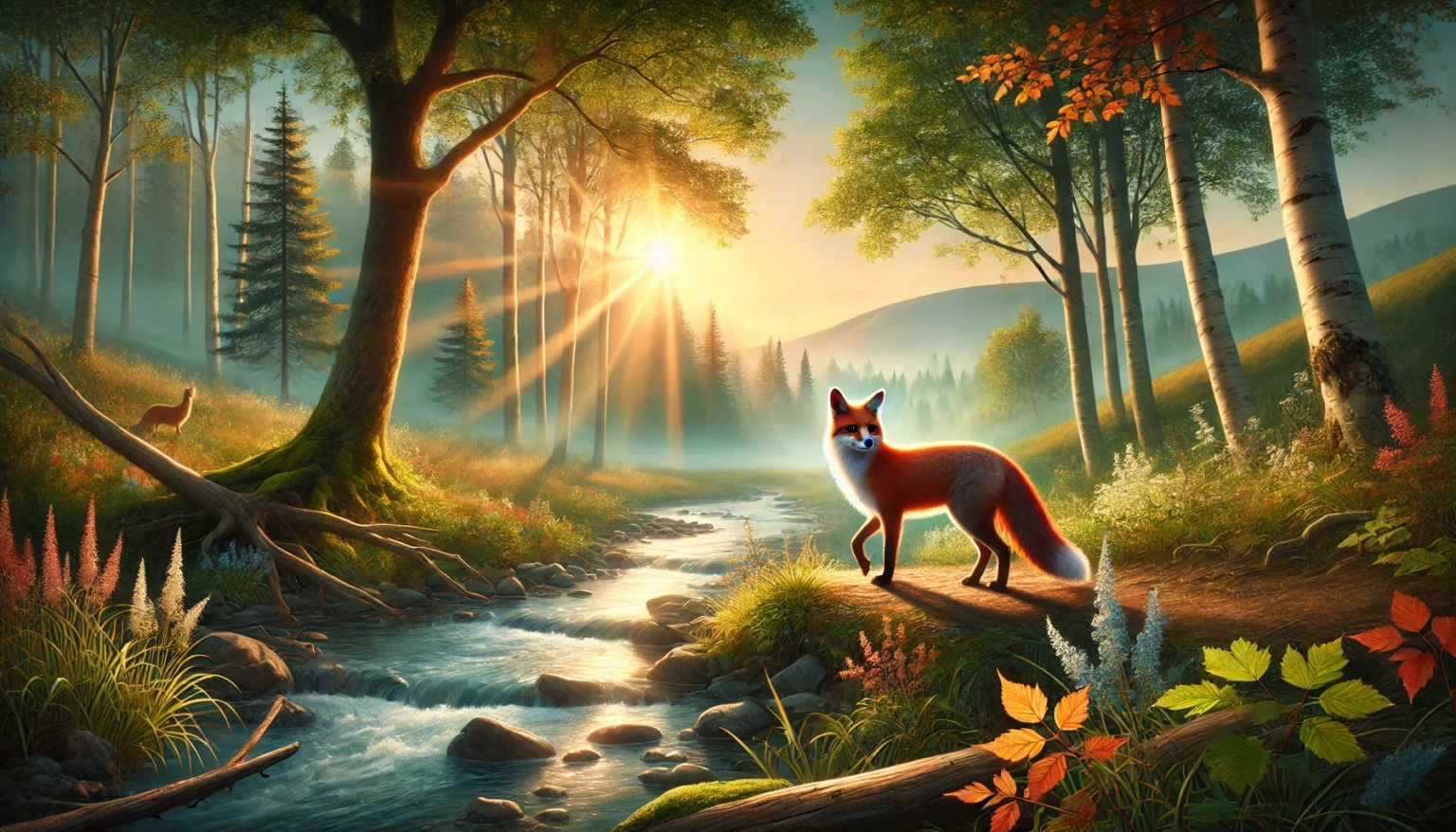drawing:1enzi6g2cvg= fox, with their sharp features and vibrant fur, make fascinating subjects for artists. Understanding the basic anatomy of a drawing:1enzi6g2cvg= fox is crucial before you begin to draw. A fox typically has a pointed snout, upright triangular ears, and a bushy tail, often referred to as a “brush”. Starting with these key features helps in capturing the essence of the animal accurately.
Table of Contents
In addition to understanding anatomy, gathering the right tools will enhance your drawing experience. Most artists prefer to use graphite pencils for sketching, as they allow for better control and fine detailing. High-quality sketching paper, erasers, and possibly colored pencils or watercolors can also be part of your toolkit, depending on how you want to bring your drawing:1enzi6g2cvg= fox to life.
Step-by-Step Tutorial to Draw a Basic drawing:1enzi6g2cvg= fox
Begin your drawing:1enzi6g2cvg= fox by sketching a simple oval for the body and a smaller circle for the head. Connect these shapes with gentle lines to form the neck and add lines for the legs. This basic framework will serve as the skeleton of your drawing, onto which you will add muscle and fur details.
Once the basic shape is down, refine the head by drawing the fox’s distinct pointed ears and elongated snout. Add the eyes, nose, and mouth, ensuring to capture that mischievous spark typical of foxes. The tail should be thick and bushy, tapering to a point, which adds balance and character to the drawing.
Styles and Techniques for drawing:1enzi6g2cvg= foxIllustrations
drawing:1enzi6g2cvg= fox illustrations can vary widely, from highly realistic to cartoonish styles. Choose the style that best suits your artistic voice or the project at hand. For a more realistic appearance, pay close attention to the texture of the fur and the play of light and shadow. Use shading techniques to give depth to your drawing.
For a more stylized cartoon drawing:1enzi6g2cvg= fox, focus on simplifying the shapes and exaggerating key features like the tail and ears. This approach is often more forgiving and can be a fun way to express creativity without getting bogged down in details. Experiment with different coloring techniques, such as watercolor for a soft look or digital tools for bold, vibrant colors.
Advanced Drawing Techniques for drawing:1enzi6g2cvg= fox
To take your drawing:1enzi6g2cvg= fox to the next level, consider studying their movements and expressions. A fox in motion, whether in a full run or a playful leap, can be a dynamic subject. Capture these actions by first sketching quick, loose shapes to get the movement down, then refining these into more detailed drawings.
Another advanced drawing:1enzi6g2cvg= fox technique involves focusing on the fox’s facial expressions to convey emotion—slyness, curiosity, or alertness. This requires a deep understanding of facial muscles and how they interact under the fur, skills that are honed through practice and observation.
Common Challenges and How to Overcome Them
One of the most common challenges in drawing:1enzi6g2cvg= fox is getting the proportions right. Foxes have longer legs and larger ears in proportion to their bodies compared to many other animals. To overcome this, use reference photos and continually compare the proportions in your sketch to those in the photo.
Another frequent issue is rendering the fur. Instead of trying to draw every hair, use textured strokes to suggest the lushness and direction of the fur. Layer your strokes to create the appearance of natural fur, which can add a lot of realism to your drawings.
Inspiring Examples of Fox Drawings
Look at the works of famous wildlife artists for inspiration or browse online platforms where artists share their creations. Note the techniques they use and how they capture the essence of the fox in various artistic styles. Don’t hesitate to reach out to these artists with questions or for tips—most communities are more than willing to help aspiring artists.
In addition, participating in art challenges on social media can also provide motivation and inspiration. These platforms often have themed challenges that can encourage you to think outside your usual creative boundaries.
Conclusion
Drawing foxes can be a rewarding endeavor, offering ample opportunity to explore and refine your artistic skills. As you progress, continue to learn from each piece you create and from the community around you. For further learning, consider attending workshops or taking online courses focused on animal illustration.
Remember, the key to mastering any art form is patience and practice. Keep sketching, keep learning, and let each fox drawing bring you closer to the artist you aspire to be.
Read More animated:ztvrlsh4ofy= turkey
